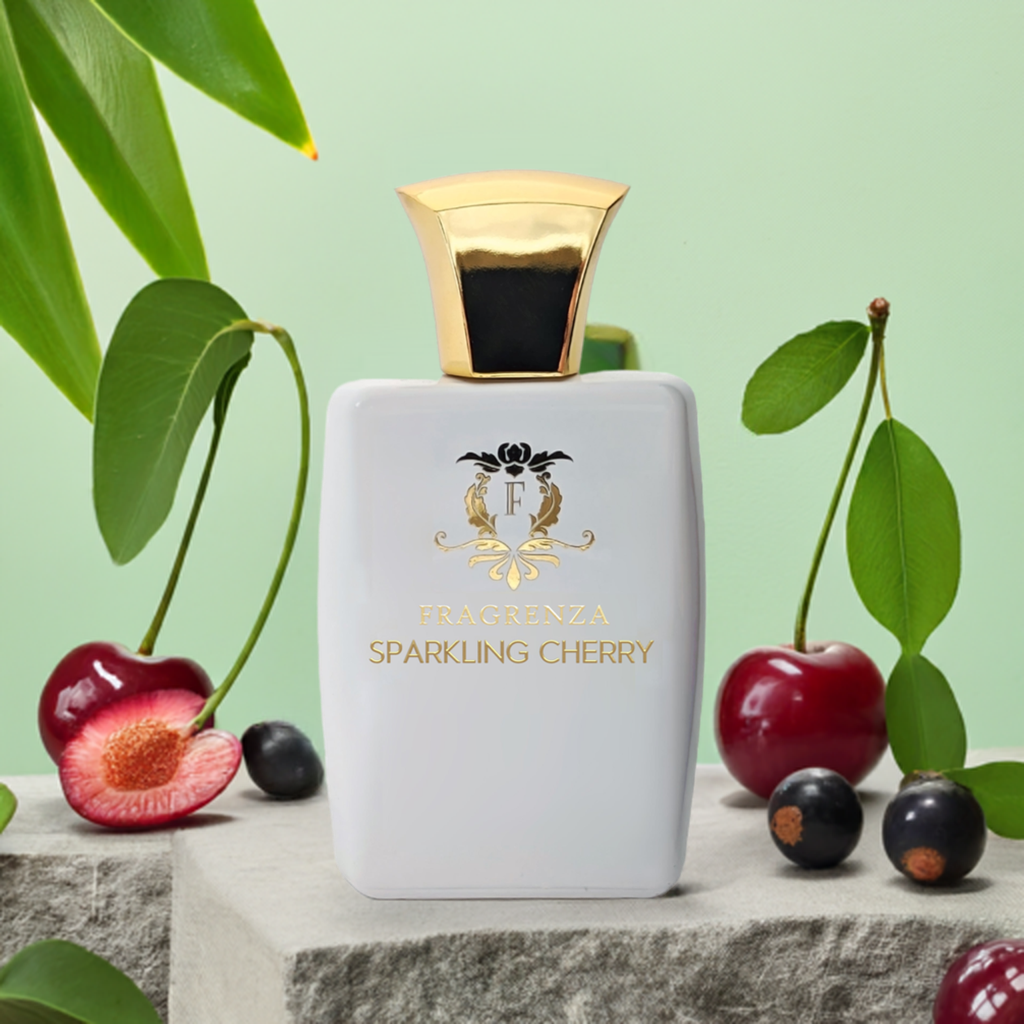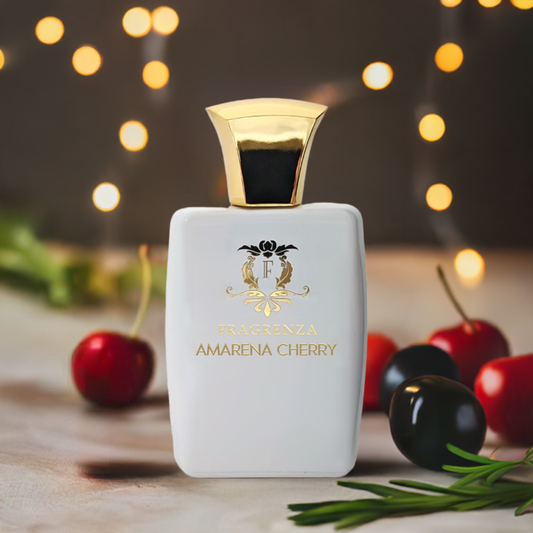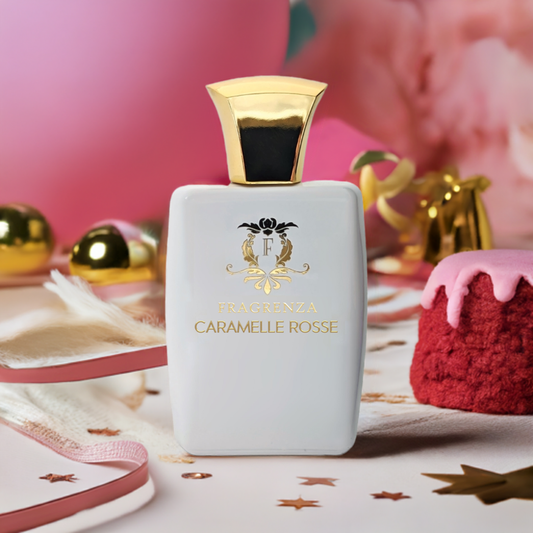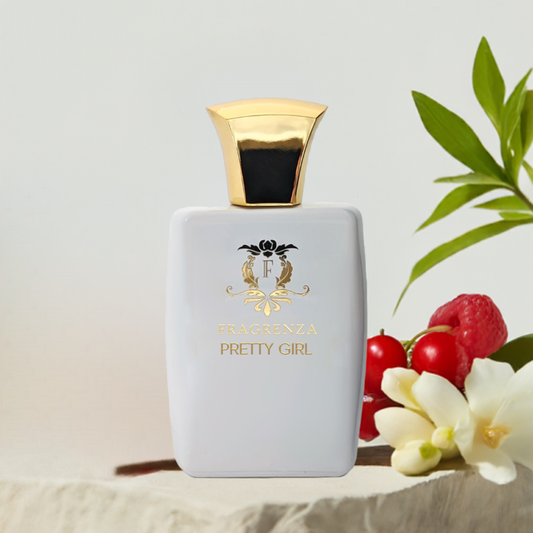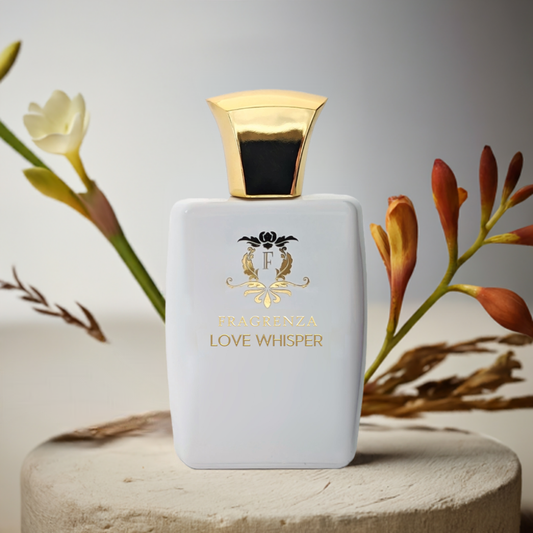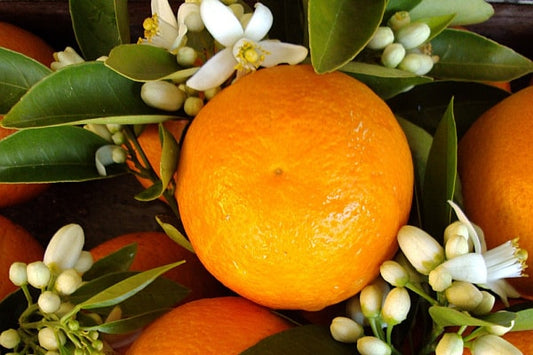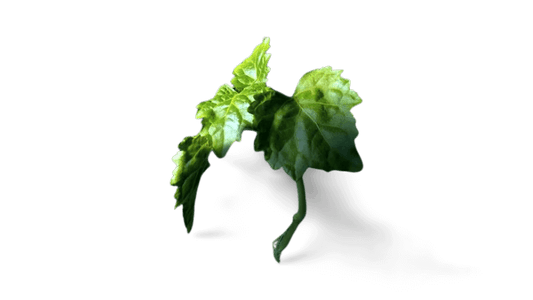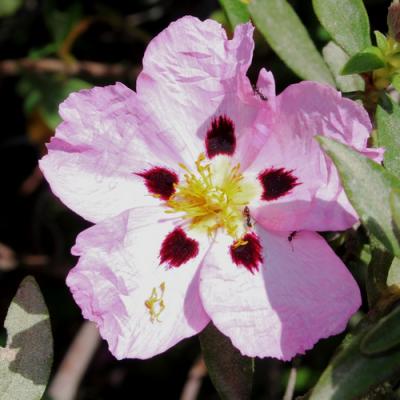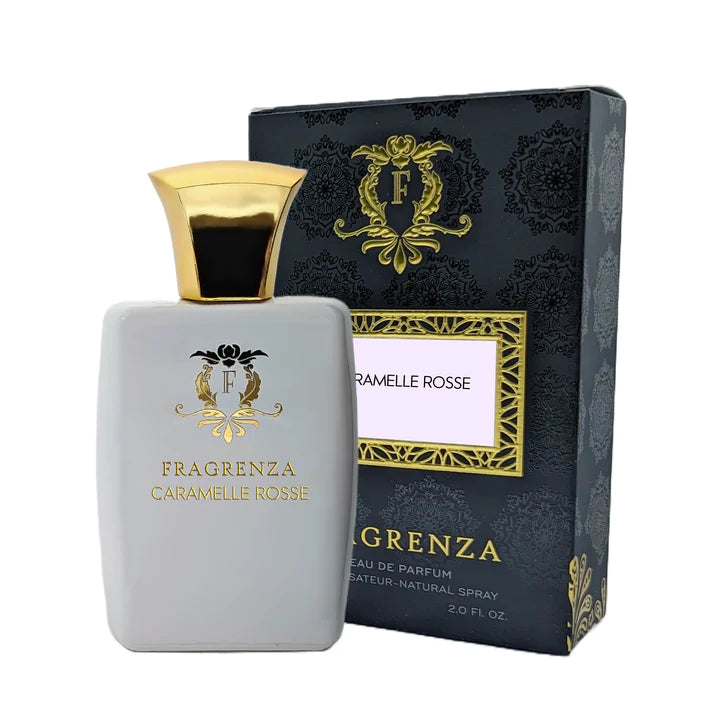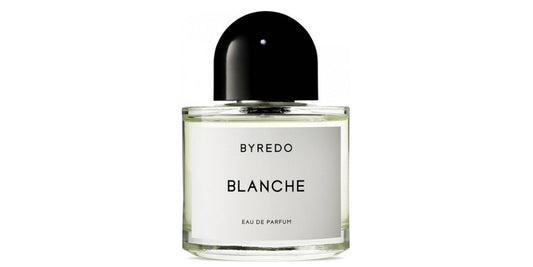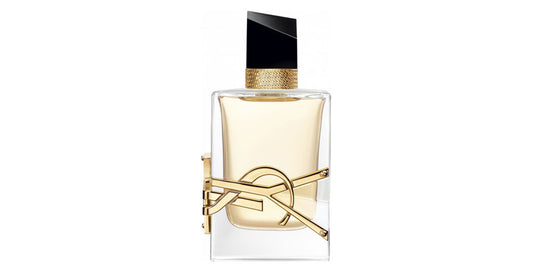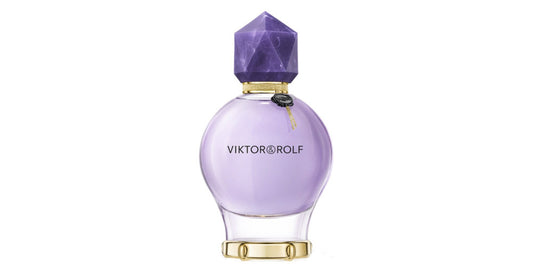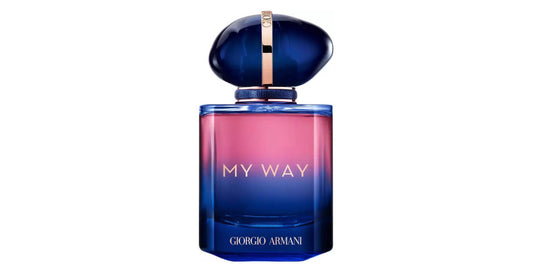Verbena in perfumery
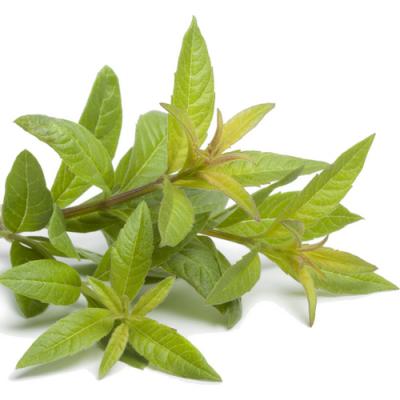
In This Article
Eau de Cologne and Verbena from Grasse
Fragrant verbena or lemon verbena was introduced to Europe from Buenos Aires by several teams of French and Spanish botanists towards the end of the 18th century. While medicinal verbena was already well-known to French herbalists for its healing properties, its South American cousin quickly captured the hearts of European gardens and perfumes.
Of all the plants that Dombey [a famous French botanist] introduced us to, the most interesting is lemon-scented verbena. This shrub, which rises to 15 feet, is of all the plants that can be cultivated in Europe, the one whose foliage has the most delicious scent. [] JPF Deleuze, Historical Note on Joseph Dombey, Annals of the National Museum of Natural History, Paris, Levrault, Schoell et Cie, vol. fourth volume, Year xii (1804).
In the 19th century, at the height of Grasse's garden prominence, fragrant verbena and its essential oil became one of the primary raw materials for the famous Eau de Cologne. Alongside mint, anise, and lavender, lemon verbena has transcended time and trends, lending its delicate invigorating scent to some of the most renowned perfumes.
Verbena's Vitality in Contemporary Perfumes
Traditional Eau de Cologne makers continue to use verbena to cater to their loyal customers. However, the captivating olfactory qualities of powerful French aromatics like mint, anise, and coriander have been enhanced by the long-standing olfactory family of hesperids.
Citrus scents, which are the oldest known fragrances, especially Eau de Cologne, feature several sub-families or facets: floral citrus, woody citrus, spicy citrus, and aromatic citrus. It is within the aromatic citrus facet that verbena is utilized as a top note, and more rarely as a heart note, to deliver lemony and airy notes that allow base fragrances time to release their scents.
Since the 1980s, men's fragrances with powerful and intoxicating aromas have widely incorporated verbena-laden hesperid notes. Boucheron pour Homme, for instance, is based on a citrus-aromatic palette and has achieved great success. Additionally, newer olfactory families have adopted the tangy notes of verbena to create fresh and virile scents, such as the famous Drakkar Noir by Laroche, which employs verbena top notes to enhance its fern heart notes.
Interestingly, the verbena note is more unisex than it may initially seem. Originally used in Eau de Cologne, a gender-neutral toiletry product, verbena has appeared in feminine fragrances in recent years. Typically used as a top note and frequently in summer fragrances, verbena can be found in Alien Aqua Chic by Thierry Mugler and, more unusually, in almost all CK One Summer scents.
Fun Facts About Verbena
- Verbena is sometimes called the "Queen of Lemon-Scented Herbs" due to its delightful citrus aroma.
- Historically, verbena has been used not only for its fragrance but also for its medicinal properties, such as aiding digestion and reducing fever.
- In ancient Rome, verbena was a symbol of peace and was used in various rituals, including being placed on altars as an offering to the gods.
- Although the verbena plant is native to South America, it has adapted well to the Mediterranean climate and is now commonly grown in the region of Grasse, France, a renowned center of perfume production.
- Beyond perfumery, lemon verbena is often used as a flavoring in food and beverages, such as teas, sorbets, and cocktails, due to its fresh and zesty taste.
- Verbena is also used in aromatherapy for its calming and uplifting effects, helping to reduce stress and anxiety.
In summary, verbena has been a significant component of perfumes and Eau de Cologne since its introduction to Europe in the 18th century. Today, it continues to be used in both men's and women's fragrances, offering a fresh, lemony, and invigorating note. With a rich history in perfumery, medicine, and even ancient rituals, verbena remains a versatile and timeless ingredient
